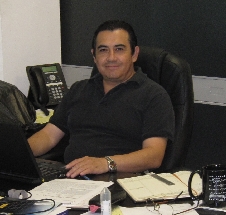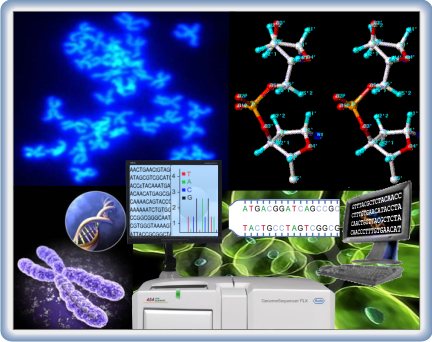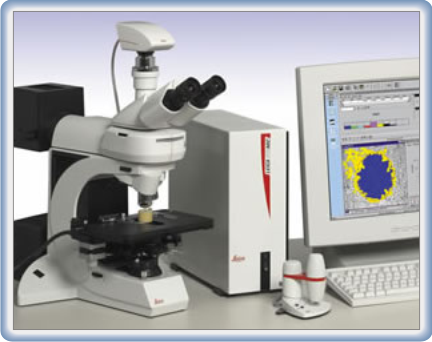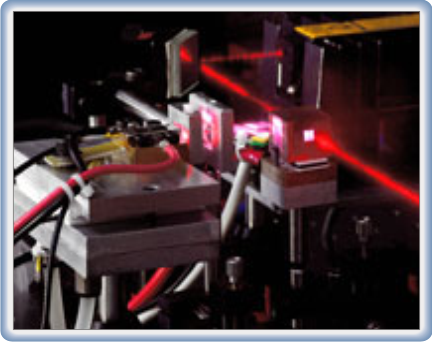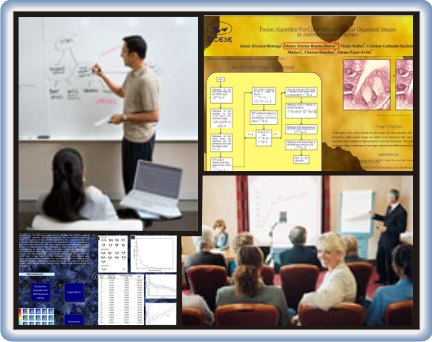Mario A. Bueno PhD
Research Professor
|
CATHEDRA
EXPERIMENTAL DESIGN
Place:
Departament of Agricultural Biotechnology BIOTECSIN
CIIDIR -IPN Sinaloa
Titular de la materia.
|
The chair of Experimental Design is essential for the Department of Agricultural Biotechnology BIOTECSIN because it provides formal fundamentals for the design and analysis of experiments that are conducted by researchers and students, as well the chair of Experimental Design is given as a holder of the same in collaboration with a select group of researchers experts on the topic that are included in the centre, the teaching of experimental designs bases random, block designs, charts latinos, split plot, multifactorial experiments, regression techniques and introduction to the design of models, including some more specific topics in the areas of molecular biology and genetics.
Within the training of human resources are working with researchers and students to bear their research, advise and analysis of the different data sets that are produced by the multiple experiments that are being developed in the BIOTECSIN. |
CATHEDRA
REMOTE SENSING
Place:
Departament of the Environment and Ecology
CIIDIR -IPN Sinaloa |
Within the collaboration of the inter-departamental CIIDIR-Sinaloa collaborates in addition to the impart of a module for the chair of Remote Sensing, which is available in the Department of the Environment and Ecology, within this will teach topical essential for understanding of how to operate the satellite and methodologies mathematical-computer that are made to the analysis of information from the environment of our planet.
In this chair taught foundations of the image processing, types of satellite sensors, enhancement techniques and improvement of digital images, processing techniques of images, methodologies for the classification of objects and presentation of results. |

16º curso Alexander Hollaender: "Bioinformatics and Functional Genomics: Genes and function"
Place:
Viña del Mar (Reñaca)
Chile. Sept. 2010
Organizer:
Universidad del Bío-Bío
Universidad Andrés Bello
Sociedad Americana de
Mutagénesis Ambiental
(US-EMS) |
TOPICS:
- Bioinformatics: Tools and methods for functional genomics
- Genomics and transcriptomics: microarray data analysis
The possibilities and limitations of the micro array technology.
Data preprocessing and normalization. Unsupervised &
Supervised analysis. Functional annotation
- Hands on microarray’s data analysis.
Web and programming techniques.
- An overview of different clustering methods:
Hierarchical clustering, SOM, SOTA and k-means.
Gene clustering, gene neighbors, phylogenetic tree construction.
- Hands-on in clustering methods and phylogenetic tree
construction. Web and programming techniques.
|

Duration 40 hrs.
Places:
Summer School January 2010
Centro de Biotecnología
Postgrado en Ciencias Forestales
Universidad de Concepción, Chile. |
Bioinformatics Tools to Secuencing Analysis of Last Generation (454)
Within the Bioinformatics we can find a variety of analysis tools that help the experts in the area to find new biological structures that can be used in the development of new consumer products for human well-being. The algorithms explained in this course have been widely studied in computer science and issues of biological computer in the areas of molecular sequencing.
The course describe algorithms operating in the strings and sequences, covering a broad spectrum of classical algorithms that can easily be integrated in the biological sciences. This course will provide the tools required for the work bioinformatic associated with the analysis genomic of last generation, which are great use in the biological sciences.
The course is both theoretical and practical and is designed for students of graduate studies at the races of biomedical engineering, biology and computer sciences and related careers, as well as for professionals in the area of biotechnology.
At the end of the course students will learn the deterministic algorithms involved in the sequencing, string search and training, know the complexity in the area of bioinformatics and know the basic mathematical foundations of the algorithms shown. In addition you will learn the programming for Matlab as stand in the solution of everyday problems found in the biological area. Also learn Matlab programming and support in solving everyday problems encountered in the biological area. You can use the knowledge in the area of bioinformatics, to find and compare patterns in strings of structures such as DNA, RNA and Proteins. |

Duration 20 hrs.
Places:
- Centro Interdisciplinario de Investigación para el Desarrollo Integral Regional Unidad Sinaloa, México
- Centro de Biotecnología. Postgrado en Ciencias Forestales, Universidad de Concepción, Chile.
- CIAD. Centro de Investigación en Alimentación y Desarrollo.
Unidad Mazatlán, Sin., México
|
MATLAB
The MATLAB is a mathematical software with a programming language technical own, high-level, in an interactive environment for algorithms development, data visualization, data analysis and numerical calculation. With it is possible problem-solving of calculus technical faster than with programming languages, such as C, C++ and FORTRAN.
This is a program of calculus numerical matrices oriented. Therefore, it is more efficiently if the design of the algorithms in terms of matrices and vectors. Among the basic features are: handling of matrices, the data representation and functions, the implementation of algorithms, the creation of user interfaces (GUI) and communication programs in other languages and other hardware devices.
The theoretical and practical course is designed to students and teachers of graduate school of universities and research and development centres mainly of the biology careers, engineering, chemical and computation, as well as professionals requiring versatile tool to solve calculus technical problems. The practical examples be prepared according to the professional area of the target |
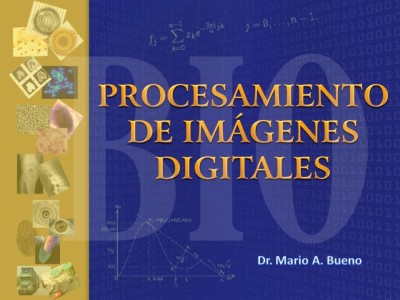
Duration 20 hrs. |
Image Processing
Image processing has become a tool of analysis and interpretation of data that is used massively in a variety of areas of daily life, which range from the recognition of barcodes to the recognition of DNA sequences of human genome , other important applications is the character recognition biometrics such as fingerprint, iris analysis, as well as the detection of viral patterns analyzed from images of tissues. The use of these techniques has been further extended to industrial applications for recognition of faults on the lines of production in the process of quality control as well as the product packaging and distribution of the same.
In the areas of research are developed vision algorithms to detect a whole host of morphological characteristics of products, people, objects, animals, etc.. Image processing with analysis applications and recognition has been increasing in modern times because it is a tool that uses resources easily implementables. Este course introduces the student to learn these techniques and knowledge of the underlying mathematics and the manipulation of them to experiment and learn by practicing their potential applications in everyday life.
Aimed at undergraduate and postgraduate studies primarily on the races of biology, engineering, bioinformatics and computer science. And professionals in related fields that require updating. At the end of the course students will learn the basic algorithms of image processing, known models and color image rendering current known mathematical techniques used in current equipment and the basics of image processing area for application in the fields of biology and medicine. The student will know and learn to manipulate the basic algorithms of image processing as well as learn how to use the programming tool Matlab.
|
Cathedras: |
Other courses:
- Microscopy 20 hrs.
- Biostatistics
|
- Experimental design
- Biostatistics
- Electronics digital
- Assembly language
- Programming C
- Computers organization
- Algorithm analysis
- Database
|
- Remote sensing
- Discrete mathematics
- Calculus
- Algebra superior
- Communications
- Physics
- Probability & Statistic
- Thermodynamics
|
|
|
